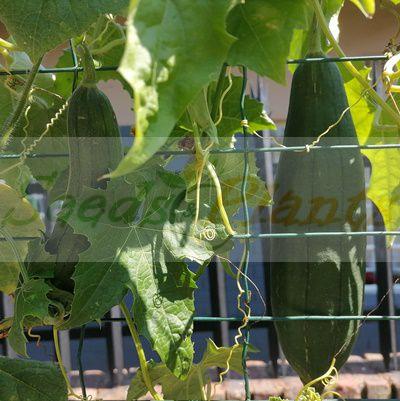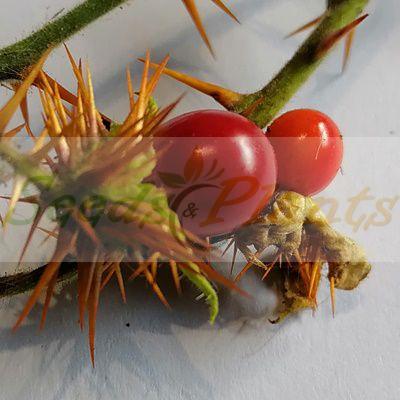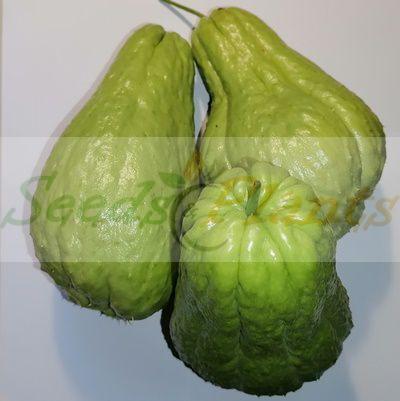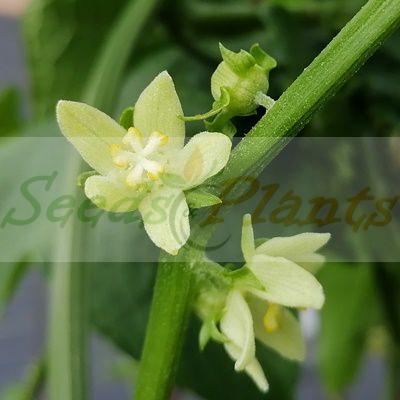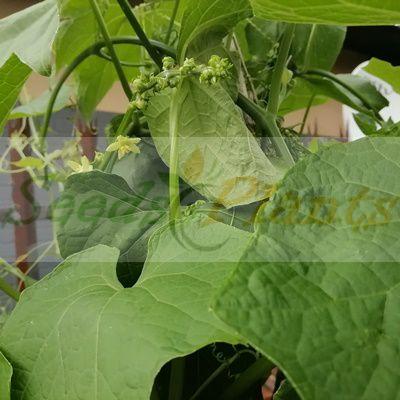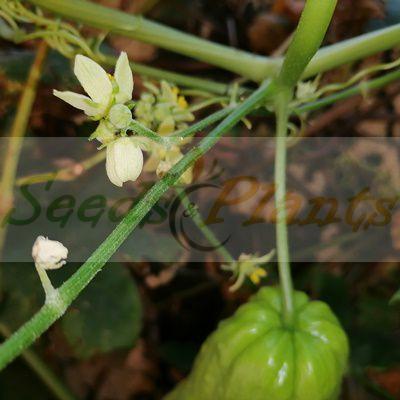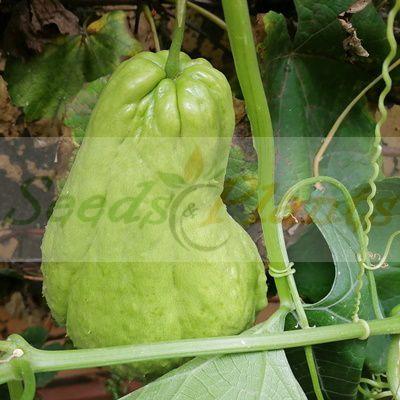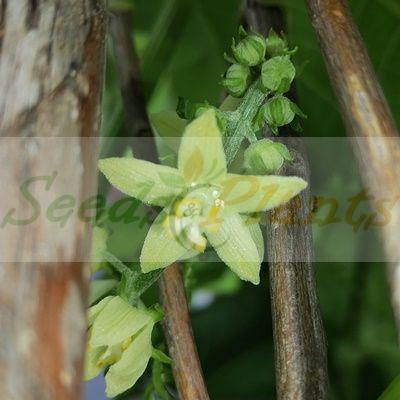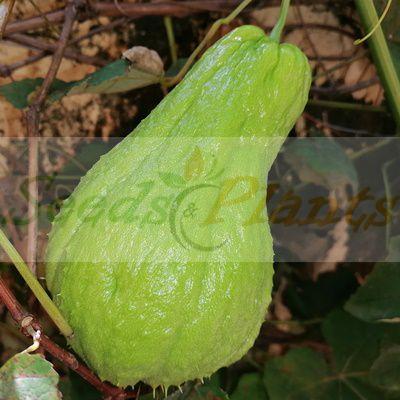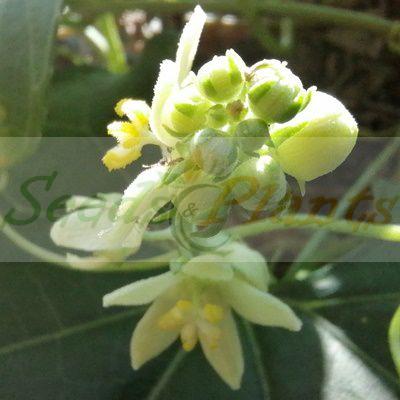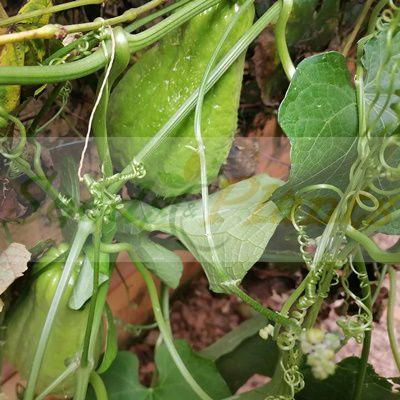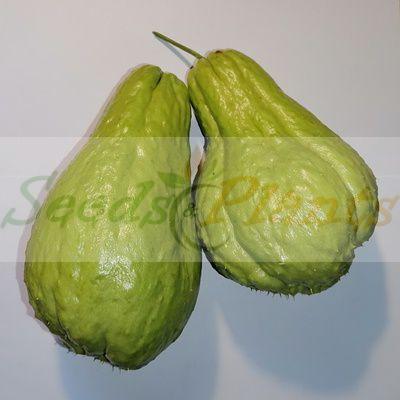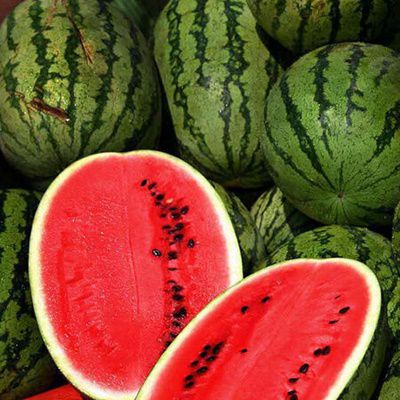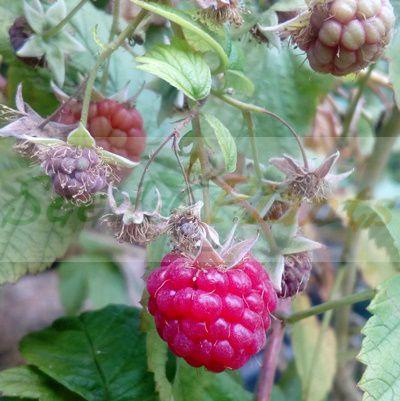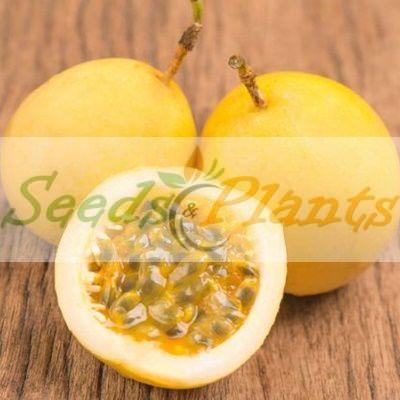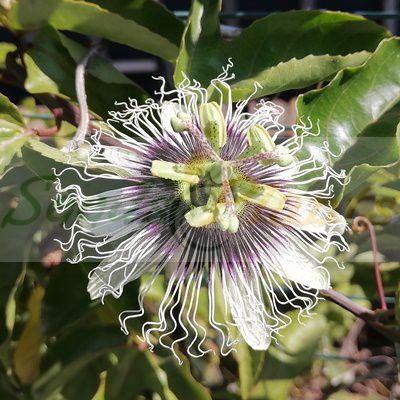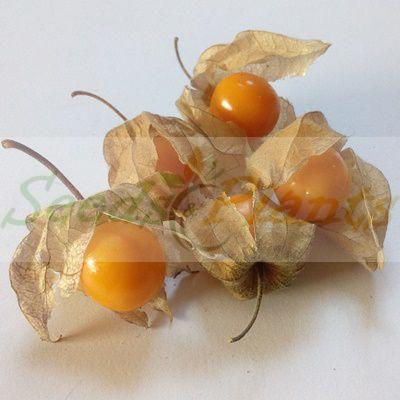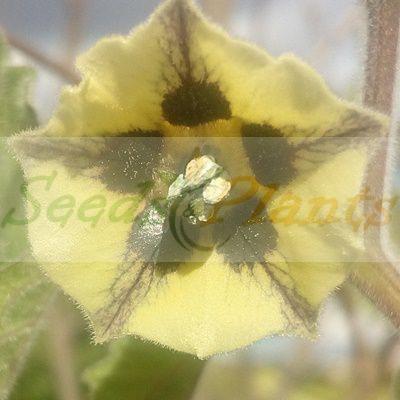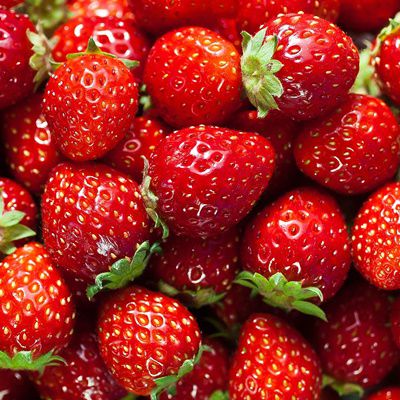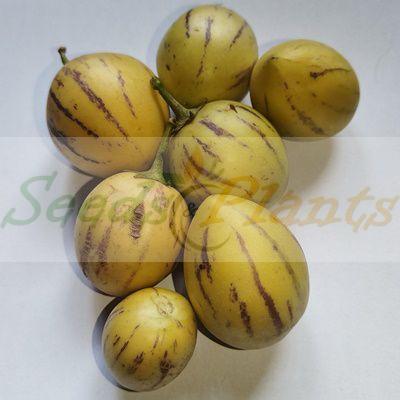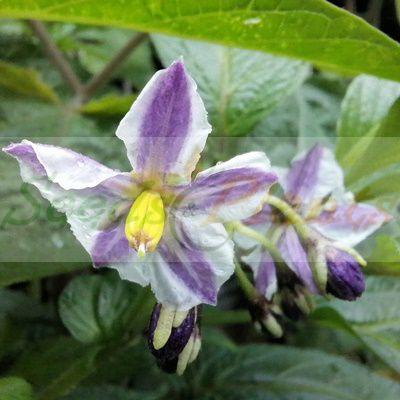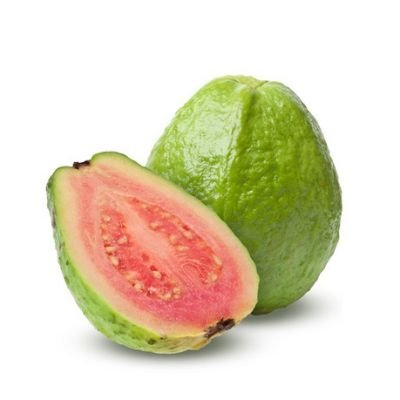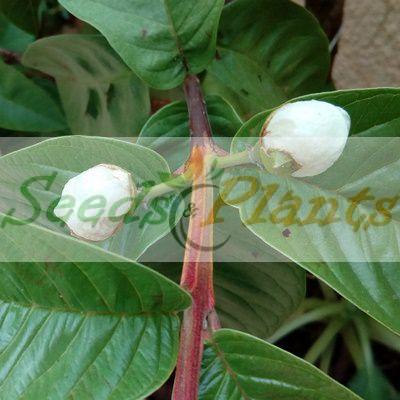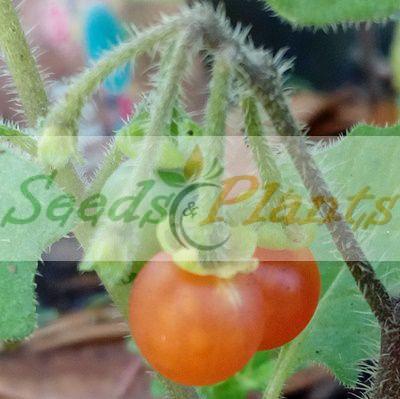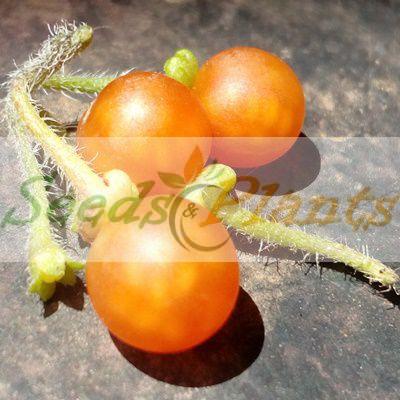🍒 Fruit Quick Facts
Fruit Info
- 🌍 Origin / Region: Central America, Mexico
- 🍽️ Culinary Use: Baked/Roasted, Boiled / Steamed, Cooked greens, Mashed, Pickling, Stir-frying
- 🥗 Edible Part: Fruit, Leaf, Seed, shoot tips, Stem, Tubers
- 😋 Flavor Profile: Mild
Growth Traits
- 🌱 Life Cycle: Perennial
- 🌾 Plant Type: Herbaceous Vine
- 🔁 Fruiting Needs: Needs Only 1 Plant
- 🪴 Growth Habit: Climber, Fast Growing, Tuberous, Vining
- 🌸 Flower Color: Greenish-white
- 🌿 Foliage Type: Deciduous
- 🦋 Pollinator Method: Attracts Bees, Attracts Beetles, Attracts Butterflies
Growing Requirements
- 🌞 Sun Exposure: Full Sun, Partial Shade
- 💧 Water Needs: Regular Water, Water Deeply
- ☀️ Growing Conditions: Frost Sensitive, Low Cold Tolerance, Low drought tolerance, Moderate Heat Tolerance
- 🟤 Soil Preference: Fertile, Rich Organic, Tolerant of most soils, Well-Drained
Chayote – 1 Fruit
(Sechium edule)
R80.00
Also known as chocho, chuchu, sou-sou, vegetable pear, one-seeded cucumber, mirliton, choko, and custard marrow.
Fruit Type: Organic – Harvested from our own plants.
This vine is propagated by placing the whole fruit into the soil. Some of the fruit on offer may already have sprouted some growth, but whether we send you a fruit which has already sprouted growth or not, the planting method is still the same.
Indoor Planting: Not Recommended.
Direct Planting: Spring.
Out of Stock
Email me when the product is back in stock.
🍒 Fruit Quick Facts
Fruit Info
- 🌍 Origin / Region: Central America, Mexico
- 🍽️ Culinary Use: Baked/Roasted, Boiled / Steamed, Cooked greens, Mashed, Pickling, Stir-frying
- 🥗 Edible Part: Fruit, Leaf, Seed, shoot tips, Stem, Tubers
- 😋 Flavor Profile: Mild
Growth Traits
- 🌱 Life Cycle: Perennial
- 🌾 Plant Type: Herbaceous Vine
- 🔁 Fruiting Needs: Needs Only 1 Plant
- 🪴 Growth Habit: Climber, Fast Growing, Tuberous, Vining
- 🌸 Flower Color: Greenish-white
- 🌿 Foliage Type: Deciduous
- 🦋 Pollinator Method: Attracts Bees, Attracts Beetles, Attracts Butterflies
Growing Requirements
- 🌞 Sun Exposure: Full Sun, Partial Shade
- 💧 Water Needs: Regular Water, Water Deeply
- ☀️ Growing Conditions: Frost Sensitive, Low Cold Tolerance, Low drought tolerance, Moderate Heat Tolerance
- 🟤 Soil Preference: Fertile, Rich Organic, Tolerant of most soils, Well-Drained
Chayote is a warm-season, tender perennial vine of the gourd family (Cucurbitaceae), cultivated for its pale green, pear-shaped fruit. While it is botanically categorized as a fruit, it is most often prepared as a vegetable in savory dishes. Every part of the chayote squash is edible, including the rind, flowers and roots. The fruit has a thin, green skin with coarse wrinkles, ranging from 10 to 25 cm in length. The flesh is green to white, and the fruit contains a single, large, flattened pit. One fruit can weigh up to 1.2 kg or more. The stems of the vine can reach up to 15.2m. Both male and female flowers are borne on the same vine.
Also known as chocho, chuchu, sou-sou, vegetable pear, one-seeded cucumber, mirliton, choko, and custard marrow, Chayote plants are native to Latin America, specifically southern Mexico and Guatemala.
Culinary Uses:
Ripe chayote squash has a mild taste that’s a cross between an Armenian cucumber and squash. One Chayote vine will yield enough fruit for household of four people. The fruit is a good source of fiber, vitamin C, potassium, vitamin B-6, amino acids, and antioxidants. The fruit will keep in the refrigerator for up to 1 week. Diced chayote can be frozen or canned for up to 1 year.
- The fruit is commonly served with seasonings or in a dish with other vegetables and flavorings. It can also be boiled, stuffed, mashed, baked, fried, or pickled.
- The tubers of the plant are eaten like potatoes and other root vegetables.
- The shoots and leaves are often consumed in salads and stir fries, especially in Asia.
Growing Chayote
Indoor Planting: Not Recommended.
Direct Planting: Spring.
- Chayote grows best where summer temperatures are very warm to hot, in tropical or subtropical regions.
- Plant the chayote in an area that gets full sun. It will grow in partial shade but the yield will be reduced.
- It prefers loose, well-drained but moisture-retentive soil rich in organic matter, but will grow in clay or sandy soil as well.
- It is a vigorous climber, so do set up a very sturdy trellis or support structure, before planting.
- Plant the whole fruit 3 to 4 weeks after the last average frost date in spring when the soil temperature has reached at least 18°C. You can also plant the fruit indoors first in a container and then transplant it once the soil temperature outside has warmed up. If you prefer, you can leave the fruit on the kitchen counter first, where it will readily sprout new growth and then plant it in soil.
- Set a whole fruit about 10-15cm deep, fat end down, and at an angle so that the stem end is just level with the soil surface. Set the fruits 10 feet apart if planting more than one fruit.
- It can be permanently grown in a container, but the yield will not be significant. Grow it in a container about 24 inches deep. A trellis or support should be set in the container at planting time.
- Water regularly, do not let the soil dry out too much in between watering.
- Chayote requires 120 to 150 frost-free days to reach harvest. Do not allow maturing fruit to come in contact with the soil, as it will spoil and germinate while still attached to the vine.
Can this plant be used for culinary purposes?
Chayote is traditionally used for culinary purposes such as baked/roasted and boiled / steamed.
Disclaimer
Medicinal Information:
All medicinal information on this website is for educational and informational purposes only and may not be construed as medical advice. The information is not intended to replace medical advice or treatment offered by healthcare professionals.
Seeds, Plants, Plant Cuttings, Geophytes and Dried Herbs:
In some countries and provinces, certain plants are deemed as invasive and are not allowed to be planted at all, whilst some plants are allowed to be grown only in certain areas or provinces. The onus is on you as the buyer to familiarize yourself with the regulations pertaining to your location, before purchasing any of our seeds, plants, plant cuttings, geophytes or dried herbs. We will not be held liable, should you purchase any seeds, plants, plant cuttings, geophytes or dried herbs. from us which are prohibited in your country or province.

